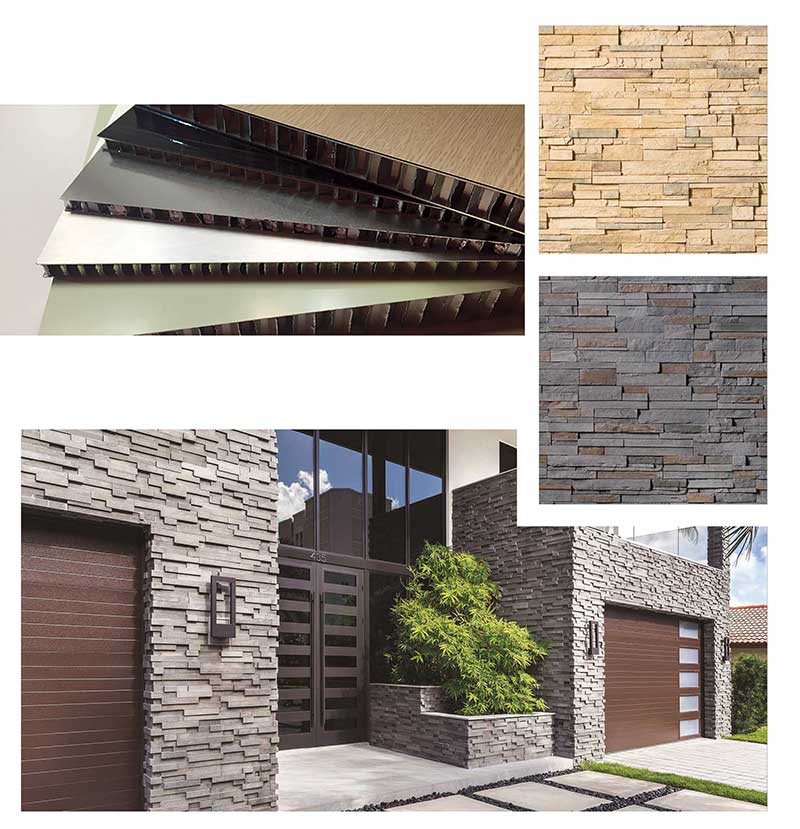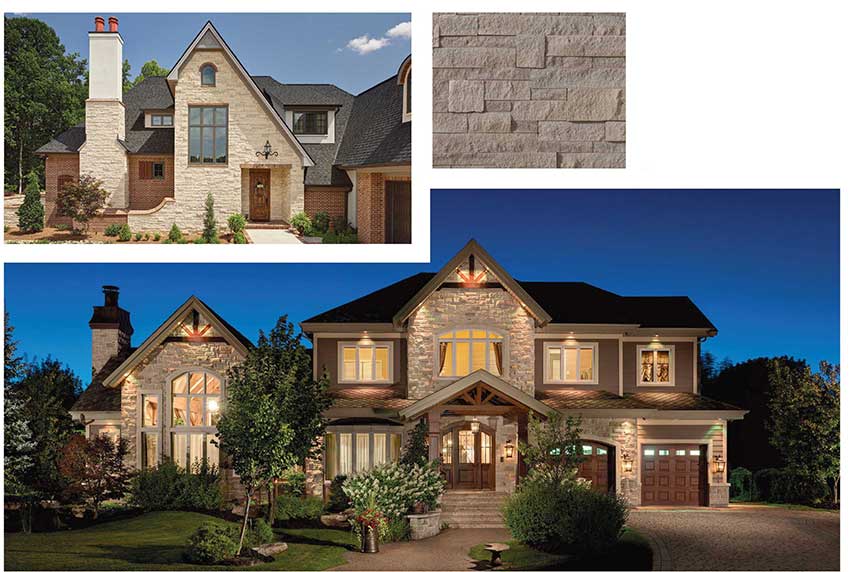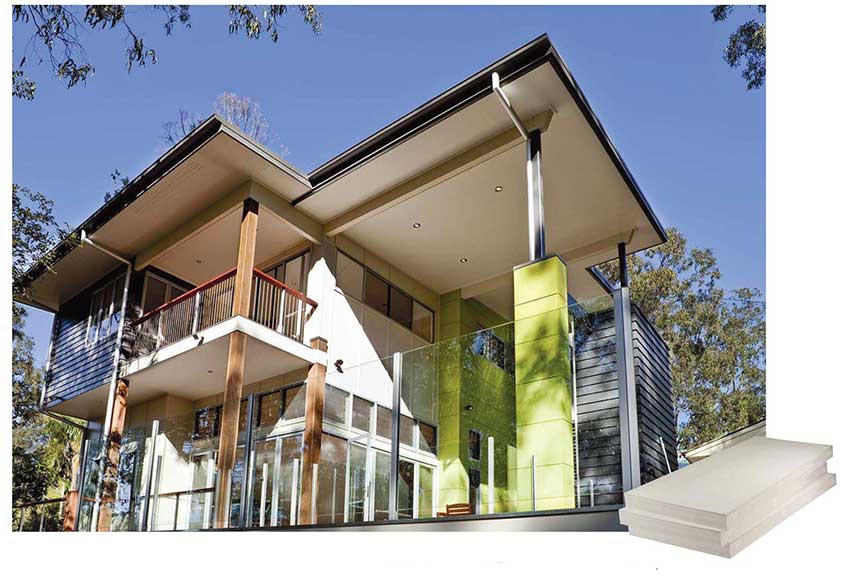
Dave Gray
Siding options go way beyond aluminum and vinyl
Renovation ContractorFor years siding choices were restricted to wood, aluminum, or vinyl, but thanks to advancements homeowners can now choose from a wide array of materials to finish off their home.
For years siding choices were restricted to wood, aluminum, or vinyl, but thanks to advancements in chemical coatings, polymer materials, and printing technology, homeowners can now choose from a wide array of attractive siding materials to finish off their home. With so much to choose from, there is now a trend toward combining materials to achieve a unique look. That might mean combining natural stone sections with composite wood panels, or using cedar shakes to create an accent area in combination with stone, brick, or traditional siding. It might also mean incorporating materials more commonly seen in industrial and commercial cladding applications, such as steel, aluminum, and concrete panels.
Aluminum composite panels
If it’s a modern, commercial exterior look the homeowner is after, Samia Canada’s aluminum composite panels are an unconventional option. These rigid, lightweight panels feature a plastic composite core covered with a durable, bendable aluminum facing. Common in commercial and institutional applications, aluminum composite panels come in a variety of colours with a brushed, matte, or glossy finish that provides a contemporary look for the entire exterior or as an accent piece. The panels are also available with a printed wood grain or marble finish.

Stone veneer
Natural stone has long been a staple material for home exteriors, but modern materials and installation methods have taken much of the expense and effort out of achieving the pricey stone finish. Products such as Cultured Stone’s Pro-Fit Ledgestone veneer is made from a concrete and aggregate mix that weighs just one quarter as much as real stone. The precisionfitted veneer panels go up much like wood siding, eliminating the need for costly masonry work. Once up, the manufactured veneer looks just like the real thing and doesn’t require painting, coating, or sealing.

Manufactured stone
If manufactured stone panels are just too far from the real thing, you can also opt for a manufactured cladding product that looks and feels like individual stone but is applied to the substrate using adhesives instead of mortar. Cambridge, Ont.- based Arriscraft manufactures a range of stone cladding products that utilize natural materials and pigments in a patented process that mimics the aesthetics and durability of quarried stone. The process allows the company to produce consistent building stones of various sizes that can be stacked to create a look that is natural as well as contemporary.

Fibre cement panels
Fibre cement siding has been a staple exterior cladding material since the 1980s. Made from a combination of cellulose fibres, Portland cement, sand, and water, fibre cement will not burn, is resistant to water and insects, and will not crack, swell, or warp like wood. For homeowners looking for something other than typical siding though, James Hardie offers HardiFlex, which comes in smooth, flat sheets up to 300-by-120 centimetres, which gives a modern, seamless, almost industrial look to the exterior.
